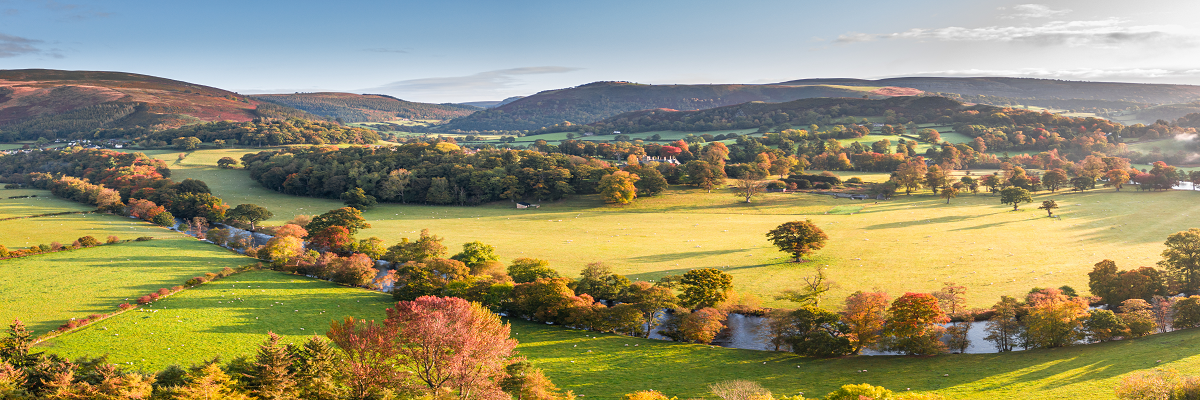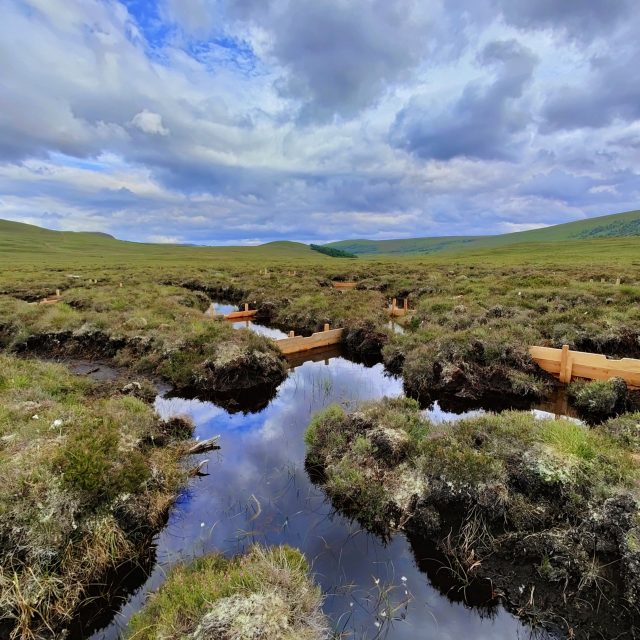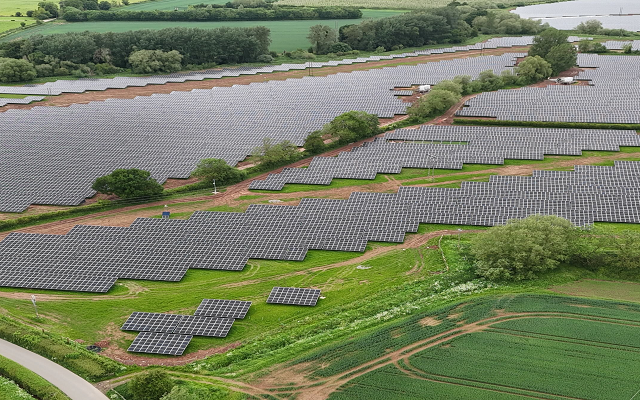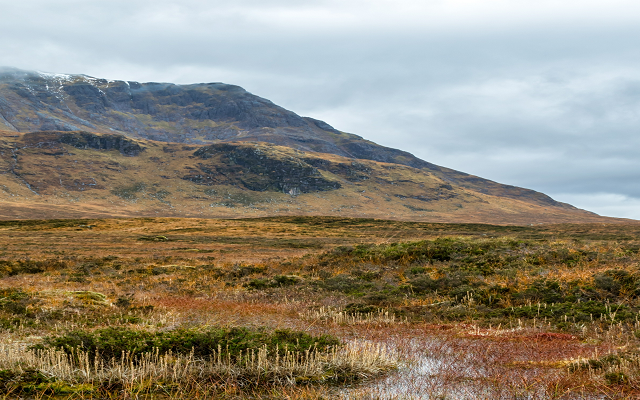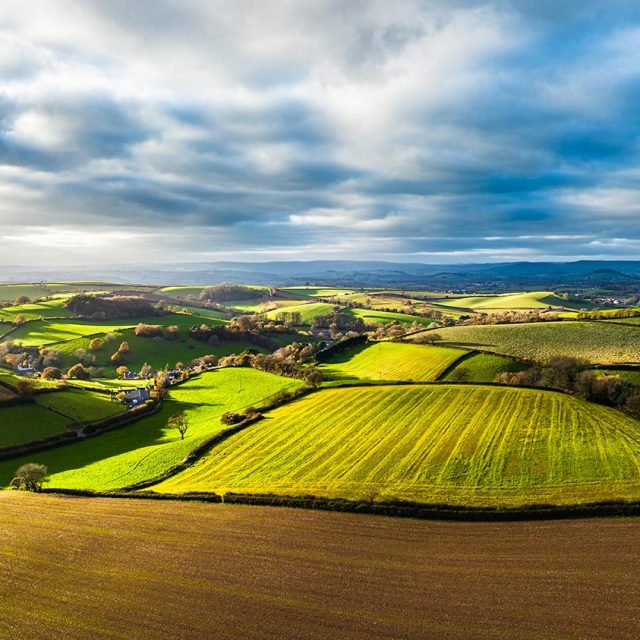Q and A with the Natural Capital team
Natural capital could be central to many farm and estate strategies, but it’s an evolving sector and questions abound. Our specialist Natural Capital team provide some answers
How does the Natural Capital team help clients?
We advise on how to unlock opportunities to improve the natural environment and find new revenue through public funds and private investment. This generates income from the various ecosystem services that clients deliver, including carbon sequestration, biodiversity enhancement and water quality improvement. We offer a range of services from policy advice to full project management.
As part of the wider BNP Paribas Group, we also work with commercial clients and other investors keen to invest in green projects to improve the ESG credentials of their portfolios or where, after prioritising the decarbonisation of their own activities, they may be looking for carbon offsets while they are on their journey to net zero. This can open doors for landowners looking to secure private investment to support their environmental goals.
What types of projects are you currently working on?
We have several woodland creation projects underway with landowners across England and Scotland. In addition, we are working for investors looking for new planting sites some for woodland to generate carbon credits and others for commercial forestry that we will then deliver for them. I am also involved in an exciting rewilding project for a client with a vision to establish an eco-tourism offer on their estate.
We’re managing large areas of peatland restoration in Scotland for private clients, too. This includes applying for grant funding to pay for the work, then securing the carbon credits associated with the project. Our colleagues in the wider Rural team are assisting clients on renewable energy initiatives and ways to enhance nature and improve soil quality by changing farming techniques. We regard this as part of our natural capital service as it is all part of the bigger picture of using land more sustainably.
Where are the biggest opportunities?
Managing land to reduce one’s own carbon footprint and generate tradeable carbon credits, is currently the most high-profile opportunity, given the conversation around net zero and the part landowners will have to play in that. Generating Biodiversity Net Gain (BNG) units is also top-of-mind, as this will be an important part of the planning system across England, with developers required to increase the amount of biodiversity as a result of their schemes. We’ve been advising many clients on the potential for BNG. There is also lots of talk about the potential for selling biodiversity credits more widely, which is exciting. This is a market in its infancy, but it could see land managers paid for undertaking targeted interventions to enhance nature. It could be a big opportunity for farms and estates which can develop a positive story about the work they are doing.
The two most established carbon schemes involve woodland creation and peatland restoration, with landowners able to generate independently verified carbon credits through either the Woodland Carbon Code (WCC) or Peatland Code (PC). However, there are other schemes on offer, such as Wilder Carbon, and some more carbon codes in development which will cover hedgerow carbon and soil carbon.
How mature is the market for carbon and can landowners be confident in the schemes on offer?
While we are seeing lots of interest in generating carbon units, the volume being traded by landowners on the voluntary carbon market is relatively low (compared to what it might become). In part, this is because the schemes involve first generating a Pending Issuance Unit (PIU) which is essentially a promise that you are going to deliver a carbon unit in the future and the value of those is going to be lower than a fully verified mature Carbon Unit (CU). There is an expectation that, over time, the price in the voluntary carbon market will rise to much higher levels than its current £25/tonne, so many people are taking a wait-and-see approach to selling units.
There has been criticism of the unregulated nature of some private carbon trading schemes. However, the WCC and PC schemes are very well-respected as they are UK Government-backed and their standards are science- and evidence-based. The WCC is also endorsed by the International Carbon Reduction and Offsetting Accreditation (ICROA) body. The carbon units generated from UK woodland and peatland projects are seen as the gold standard and of high integrity.
Who is investing in natural capital at the moment and why?
Presently, most investment is focused on creating carbon or biodiversity units. It is very early days in terms of seeing people buying the actual units, but we are expecting that to step up. For BNG units, that will happen quite quickly as developers will need them to get planning permission approved. But we will also soon see greater demand for carbon credits. For example, we know through our BNP Paribas Real Estate colleagues that investors in real estate are being challenged on their carbon credentials by those leasing their buildings. Their priority is taking steps to minimise their own carbon emissions, but they are also asking us how they can offset any emissions they cannot eliminate.
There has been criticism that buying carbon offsets enables companies to ‘greenwash’ their activities. What are your thoughts on this?
All the guidance about carbon offsetting stresses it is best practice for corporates to minimise their own carbon footprint before looking at opportunities for offsetting. Offsets must be seen as a last resort, used only for those emissions that cannot be eliminated. There is also some early evidence that firms buying credits have been the most active in reducing their own emissions.
What about concerns that more tree planting will undermine food security?
As a business with a long history of working with farmers, we recognise that tree planting cannot come at the expense of a thriving agricultural sector but we don’t think it will. We need a more nuanced debate about land use, which is about making sure we have the right use in the right place. At a national level, the areas required for tree planting and nature recovery are relatively modest. Our best and most versatile land may not be where we should be growing trees for carbon, but there is plenty of land which is suitable and not all of that land needs to come from agricultural uses.
Should people be concerned about the impact of natural capital schemes on land values?
In Scotland, we have seen the value of land with natural capital potential, either for woodland creation or peatland restoration, significantly increase. What is not yet fully understood is the impact on values when land with a carbon commitment changes hands. There is not a big enough evidence base yet to fully understand the impact.
Given nature markets are still at their early stages, should landowners hold back for now?
There are uncertainties, but now is a good time to get involved. The woodland creation and peatland restoration grants on offer have never been more generous and there are no guarantees that rates will continue to be as good.
These are multi-generational commitments which can be a sticking point for some landowners, with BNG agreements running for a minimum of 30 years and carbon agreements up to 100 years. But if you understand and are content with the commitments, now is a good time to act. Once you generate the carbon credits, you don’t have to sell them you can sit on them and wait.
Are there other risks landowners need to consider?
The tax treatment of land where there has been a change of use from agricultural production to environmental delivery is one of the topics we are most frequently asked about. Under current rules, there are implications for both capital gains and inheritance tax reliefs so this needs careful consideration, but we can work with your accountant to look at the options.
It is also worth thinking about how to minimise reputational risks. For example, where landowners are changing the way land is used it’s important to engage with the local community as soon as possible to discuss your plans. To avoid getting caught up in accusations of greenwashing, carry out due diligence checks on the companies buying your credits.
Are there small changes land managers can take which will have a positive impact on biodiversity?
There are lots of small actions which will enhance biodiversity and support nature recovery which won’t have a significant impact on productivity or require much investment. For example, making tweaks to hedgerow management can provide greater structural diversity and increase the food available during the winter food gap’.
For more ideas, we have recently published a briefing note on Delivering nature recovery: How, what, where? In addition, we have Basis-certified environmental advisors within our Farming team who can design a nature-friendly agri- environment scheme agreement, tailored to your land and farming system.
Strutt & Parker’s Natural Capital team includes Alex Brearley, Head of Forestry and Natural Capital, Joel Paterson, Head of Natural Capital in Scotland and Rebecca Burton, who is also based in Scotland and is experienced in peatland restoration and woodland creation.
This article first appeared in the Autumn/Winter 2023 edition of Land Business magazine. Download the full issue of Land Business.
